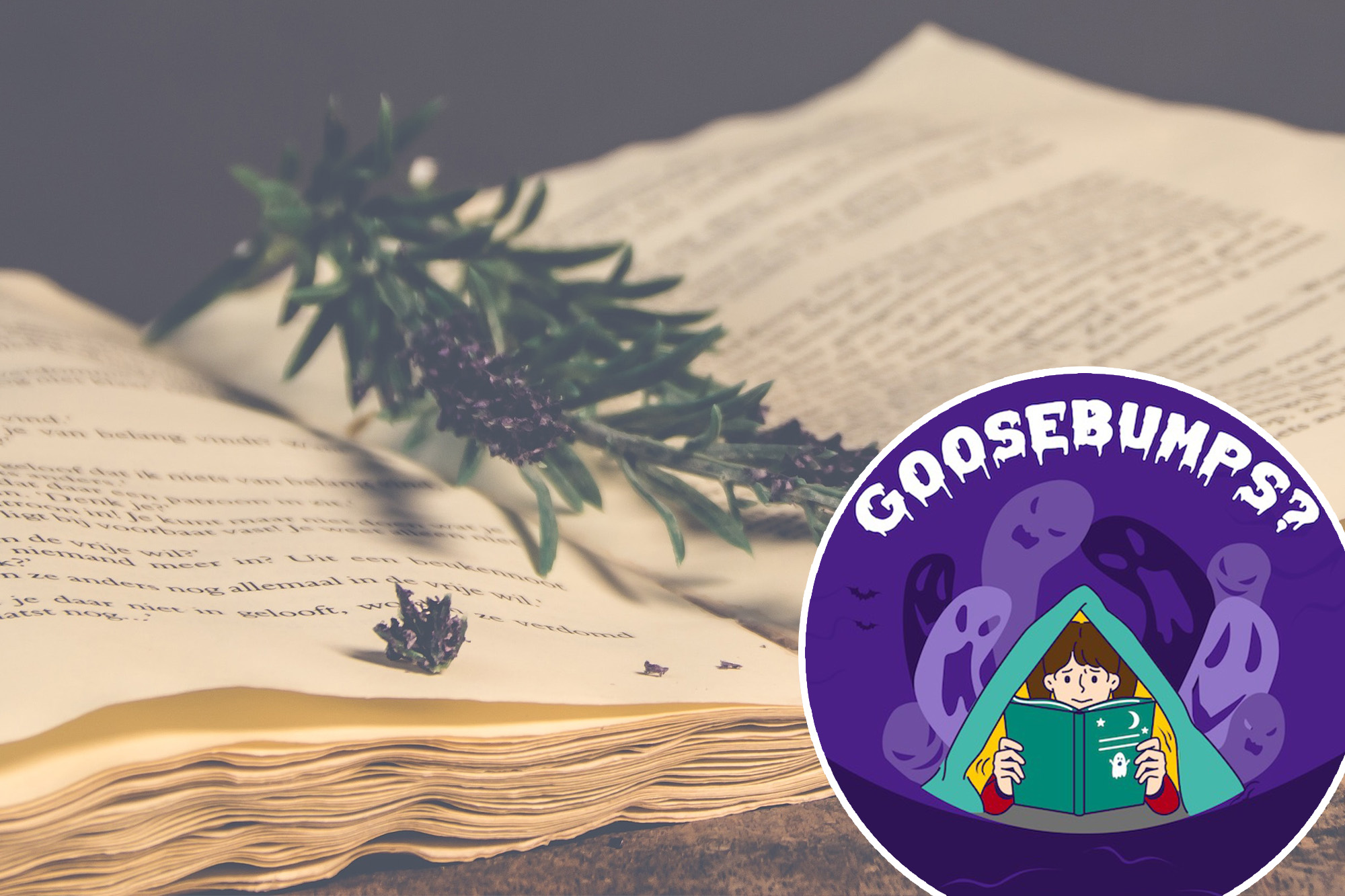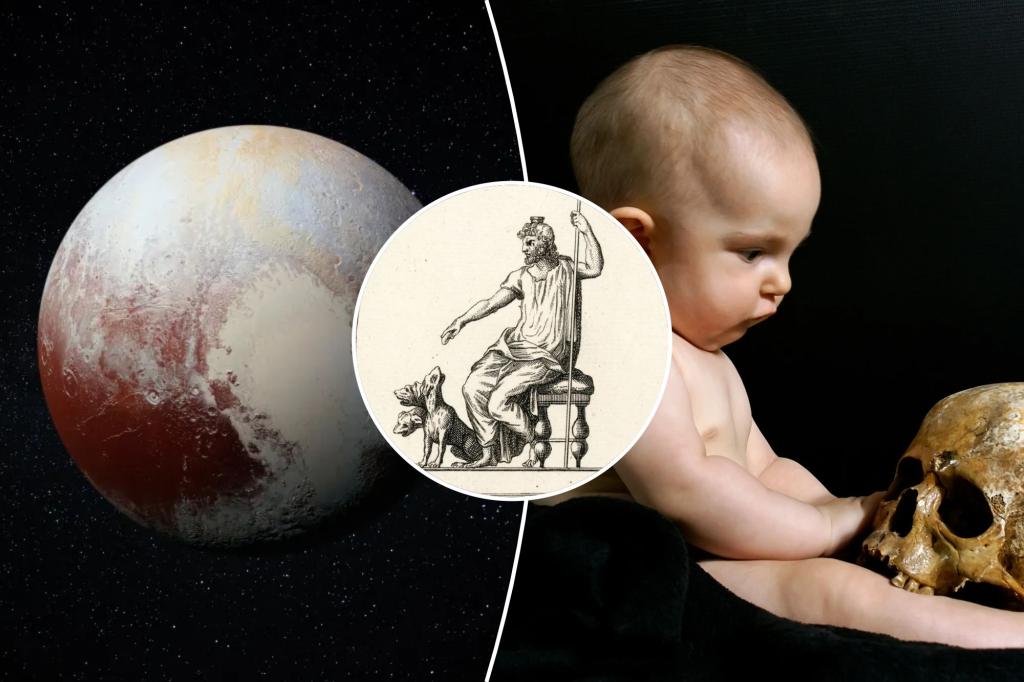
More than three in five readers of the horror genre say they can solve a real-life mystery, according to a recent survey.
The survey of 2,000 horror, mystery, thriller and true crime readers found that 61% believe they have what it takes to uncover a real-world mystery plot.
But only four in 10 (41%) are sure they would survive the plot of a horror novel and live to tell the tale. Interestingly, men were significantly more confident in their survival skills compared to women (51% vs. 37%).
Conducted by Talker Research and commissioned by ThriftBooks, the research investigated all things horror: Scenarios that come to life, favorite horror books, and even safety best practices gleaned from reading the genre.
When asked which character stereotype they identify with, one in four (26%) identified as the supporting character and 12% said they would most likely be the victim in a scary book.
Indeed, more than one in 10 (13%) reported they would be the villain and only 45% believe they have what it takes to be the hero or detective in a thriller.
SWNS
Taking a closer look at the villains, this time in the real world, 68% said they could tell if someone was a “bad” person just by the sounds they let out. Women were more likely to report this compared to men (70% vs. 61%).
And more than half of readers (51%) said someone in their daily routine fits the mold of a villian from a horror novel.
Looking at who actually fits the stereotype, the most common answer was a neighbor (44%). Shockingly (or maybe not) the second most common answer was a family member (31%).
Revealing how reading scary books has had a lasting impact on respondents, 68% reported that they have adopted safer habits after reading the genre.
SWNS
These include not sharing personal information with strangers (63%), not answering calls or texts from unknown numbers (62%), not posting their location on social media (52%) and never posting any personal information on internet (51%) .
Readers said they feel a combination of feelings after reading a scary book, such as feeling energized (29%), scared (28%) and even wary of strangers (22%).
More than half (54%) also admitted that they get scared more easily after reading a scary novel. And it takes an average of two days for these feelings to subside after reading a haunted book.
Thirty-three percent have slept with the lights on after a chill read, 21% have checked under the bed, and 20% have even refused to answer the doorbell after finishing a spooky read.
“It’s interesting and so relatable to see all the things we’ve done after reading a scary book,” said Barbara Hagen, vice president of sales and marketing at ThriftBooks. “Who doesn’t have slept with the lights on after reading a scary book? It’s also interesting, even informative, to see what security habits horror readers pick up. The horror book genre is very much at the same time: scary, energetic and fascinating. No wonder it’s such a popular genre.”
On average, readers reported getting their first hair book at age 12. After that, 60% said they were instantly addicted to the genre.
And it turns out, younger generations are more easily addicted to the genre: More Gen Z (73%), Millennials (76%) and even Gen X (72%) said they were immediately hooked on scary books after reading the their first. compared to increasing respondents (45%).
Popular gateway horror books, according to the survey, include “Carrie,” “Dracula,” “Frankenstein,” “Goosebumps,” “Nancy Drew” and “Scary Stories to Tell in the Dark.”
When asked about their all-time favorite scary reads, readers cited books including: Goosebumps, It, Pet Sematary, Silence of the Lambs, The Exorcist, The Shining ” and “The Stand”. “
It’s no surprise then that Stephen King (68%) was the most popular answer by a landslide, across all generations, when respondents were asked about their favorite horror authors.
“If you haven’t already done so this year, we encourage readers to pick up a scary book,” Hagen said. “Whether it’s a repeat read or a new one, there’s no better time of year to get into the genre.”
Survey methodology:
Talker Research surveyed 2,000 Americans who regularly read mystery, horror, thriller/suspense or true crime books; survey was commissioned by ThriftBooks and administered and conducted online by Talker Research between September. 17 and September. 23, 2024.
#horror #true #crime #readers #solve #reallife #mysteries
Image Source : nypost.com


